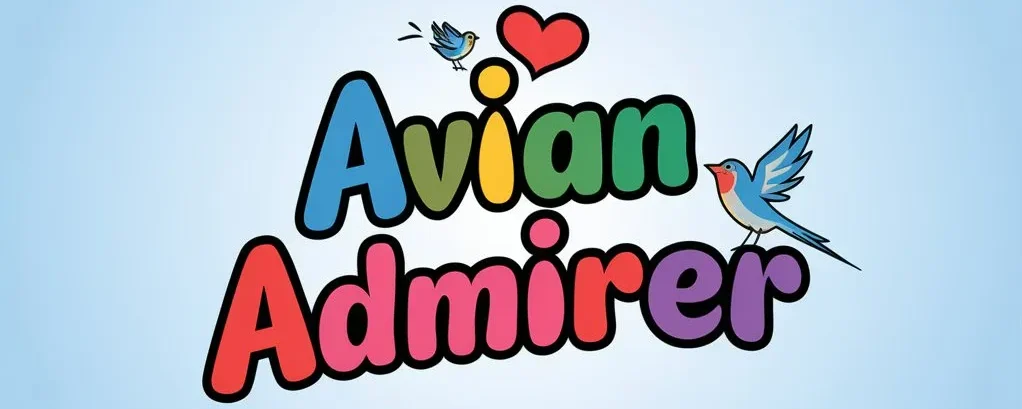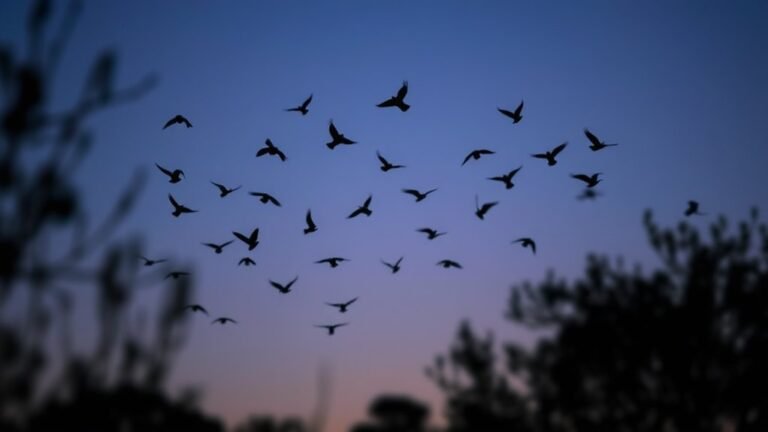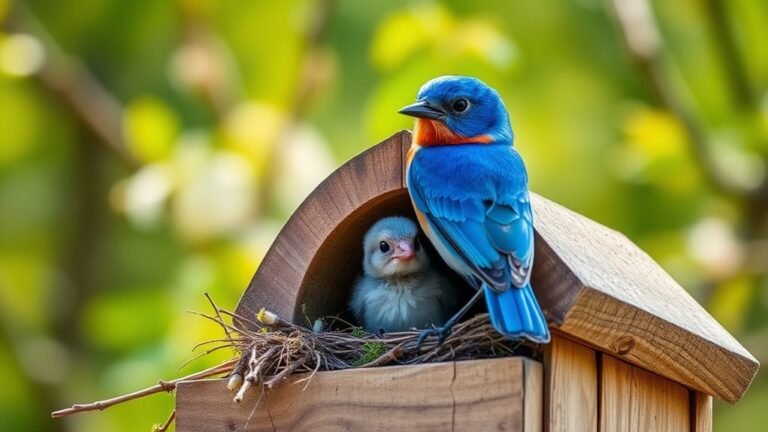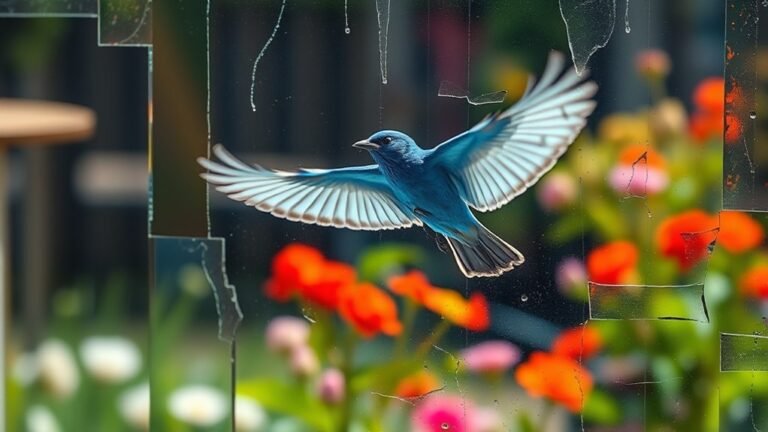Bird That Flies With Its Neck Outstretched: Storks and Their Graceful Flight
Storks are beautiful birds that fly with their necks outstretched. Their long legs and necks create a distinctive shape in the sky. Storks use thermal updrafts to help them fly long distances during migrations. This ability to soar high makes them efficient travelers. Their adaptations allow them to thrive in different environments, playing important roles in their ecosystems. Watching storks in flight can be a delightful experience, showcasing their grace and strength. Have you seen them glide through the sky? It's a stunning sight that highlights their unique features.
Key Takeaways
Storks fly with their necks outstretched, which helps them move efficiently through the air. Their long legs assist in taking off and landing smoothly. Storks use thermal updrafts to soar, allowing them to travel long distances without much effort.
These birds serve an important purpose in nature by controlling fish and insect populations as part of their diet. Storks are often seen as symbols of fertility and hope in various cultures, connecting their graceful flight to human feelings and experiences.
The Anatomy of a Stork: Structure and Features

The stork's body shows clear adaptations that support its ability to fly.
It has long, slender legs that help it wade through shallow waters and take off and land smoothly. Its elongated neck helps with balance during flight, allowing it to maintain a streamlined shape.
The large, powerful wings offer strong lift and glide efficiency, which enables the stork to travel long distances without using too much energy.
Additionally, the stork's lightweight bones play a key role in its flight abilities, allowing it to stay in the air for extended periods.
These features work well together, showcasing the stork's elegant flight.
Unique Flying Techniques of Storks
Storks display impressive flying techniques that enhance their efficiency and agility. They use soaring methods to catch thermal updrafts, which helps them gain altitude with minimal energy. This technique allows them to fly long distances easily.
When flying, their outstretched necks create a distinctive shape against the sky, showcasing their grace and skill. By combining these methods, storks demonstrate how their adaptations improve their flying abilities.
Watching them soar is a captivating experience that increases appreciation for these magnificent birds.
Migration Patterns and Ranges

Storks migrate thousands of miles each year to find breeding and feeding grounds. They use specific routes and follow thermal currents to save energy during flights.
In spring, storks travel north to Europe and Asia. In autumn, they go south to Africa and warmer areas. Their migration depends on environmental signals such as temperature and daylight.
Storks form strong social bonds in their flocks as they journey. Learning about their migration patterns can help you appreciate storks and their ability to thrive in different habitats.
Storks in Different Cultures
Storks hold significant meaning in many cultures. They symbolize fertility and good fortune. Many people believe that seeing a stork means a child is on the way.
In European folklore, storks are often portrayed as bringing babies, emphasizing their link to family and new beginnings. In Asian cultures, storks represent longevity and wisdom.
Understanding these different meanings can help you appreciate the unity and hope storks inspire worldwide. Their graceful flight reminds us of our shared human experiences and emotions.
Explore your connection to these beautiful birds and what they can symbolize in your life.
The Role of Storks in Ecosystems

Storks are important birds in our ecosystems. They live in wetlands, grasslands, and farm fields. These birds help keep nature in balance. They eat fish, frogs, and insects, which helps control these populations. This control prevents overpopulation and supports various species.
Storks indicate a healthy environment. They thrive in areas with plenty of resources. If stork numbers decrease, it may signal problems like pollution or habitat loss. By studying where storks are and how they behave, we can learn about ecosystem health.
Protecting storks and their habitats is vital. By doing this, we support the overall balance of nature. Appreciating these beautiful birds and their role can inspire us to take action for their preservation.
Breeding and Nesting Habits
Storks exhibit interesting behaviors in breeding and nesting, highlighting their adaptability. The choice of nest sites is crucial as they prefer high and secure locations to protect their young from predators.
Here are three key aspects of their breeding habits:
- Nesting materials: Storks collect twigs, grass, and reeds to build strong nests.
- Reproductive timing: They breed in spring, which aligns with food availability.
- Parental care: Both stork parents take turns incubating eggs and feeding the chicks.
This teamwork in raising their young boosts family bonds and supports the success of their offspring.
Observing storks provides insight into their role in the ecosystem and showcases their nurturing instincts.
Conservation Status and Efforts
Storks are symbols of good fortune, but their populations are at risk. Habitat loss from urban development and farming affects their nesting and feeding areas.
You can help by supporting initiatives that restore wetlands and natural habitats. Conservation groups focus on protecting migratory paths vital for stork survival.
Raising public awareness is important. It encourages local communities to adopt sustainable practices. Understanding how ecosystem health affects storks fosters a sense of responsibility for our environment.
Together, we can contribute to stork conservation efforts and ensure their future.
Observing Storks in the Wild
Storks glide over wetlands, captivating onlookers with their graceful flight. When you watch storks, you can observe their unique behaviors and social interactions.
Here are some tips to enhance your experience:
- Choose the Right Time: Early morning or late afternoon provides great lighting for wildlife photography.
- Find Their Habitat: Look for storks near shallow waters, where they hunt for fish and frogs.
- Be Patient and Quiet: Move slowly and quietly to avoid scaring them away. This will help you capture stunning moments.
Enjoy your stork watching adventure!
Fascinating Facts About Storks
Storks are impressive birds known for their large wingspan and unique features. They showcase interesting social behaviors and often mate for life. Their courtship displays are elaborate and captivating. Storks are efficient flyers, using specialized techniques to soar over long distances.
In various cultures, storks represent fertility and new beginnings. They're often seen as symbols that deliver babies. This symbolism connects people, reflecting shared dreams and hopes.
Watching storks glide in the sky brings to mind stories of family and connection, emphasizing the beauty of life and its cycles.
Frequently Asked Questions
How Do Storks Communicate With Each Other During Flight?
Storks communicate during flight using vocal signals. These sounds share important information about direction and potential dangers. Their body language also plays a critical role, with actions like wing flapping and neck positioning indicating their intent. This communication style helps storks maintain strong social connections with one another.
What Is the Average Lifespan of a Stork in the Wild?
Wild storks live for an average of 15 to 30 years. Their lifespan can vary based on their environment and the threats they encounter. Knowing how long they can live helps us appreciate their strength in different habitats. Storks are remarkable birds that adapt well to changes in their surroundings. Their longevity is a testament to their ability to survive and thrive in nature.
Do Storks Mate for Life or Have Multiple Partners?
Storks generally mate with one partner for life. They build strong connections through mating rituals that include dancing and displays. These actions strengthen their bond and support the idea of lifelong partnerships in their species. Storks are known for their loyalty to their mates, making them interesting and engaging creatures to observe.
What Threats Do Storks Face From Climate Change?
Storks face serious threats from climate change. Their habitats are shrinking, which makes it hard for them to find places to live and breed. The changing climate also alters their migration routes, affecting their ability to find food. These challenges put their survival at risk. It is important to understand these issues to help protect storks and their environment.
Can Storks Adapt to Urban Environments?
Storks adapt to urban environments by using buildings for nesting and finding food in cities. Their ability to change their behavior allows them to thrive among human activity. This flexibility improves their chances of survival in urban areas.

Ava is a bird enthusiast and nature lover who has spent countless hours observing and learning about the fascinating world of birds. With a passion for sharing her knowledge and inspiring others to appreciate the beauty of birds, Ava writes about her experiences and insights on avianadmirer.com.







